
Unearthed Arcana — Psionics Revisited Presents New 5E D&D Opportunities
Are you awakened? Do you have the mental fortitude to manifest your will into being, warping the very fabric of reality itself? Psionics have been a staple of Dungeons & Dragons worlds since the early days. Traditionally psionic powers stem from Intelligence, but the latest Unearthed Arcana 2020 — Psionic Options Revisited for fifth edition D&D offers new perspectives and options, leaving the traditional Intelligence exclusive model. So let’s talk about flavor and what the different subclasses look like contextually when it comes to psionics in 5E D&D.
How do I introduce psionics into my 5E D&D game?
Some narrative focused groups may find introducing psionics (when they were previously rarer, disallowed or worked differently) to be a difficult thing to accomplish within a story. The fact is while mechanics might dictate some psionic abilities are magical while others are not, psionic power can be understood as an additional magic system for narrative purposes.
Unearthed Arcana explains that 5E D&D multiverse possesses multiple magic systems. Some stem from the gods (divine magic), some stem from the Weave (arcane magic) and some powers stem from the individual.
Dark Sun & psionics as cosmic balance
To better understand psionics, let’s look at a world that embraces psionics unlike any other — Dark Sun. In the official world of Athas, the Dark Sun campaign setting the gods abandoned the world, utterly removing divine magic from the equation. Clerics, paladins, zealots and the like are nonexistent. While people may have or had those stations in life they possess no divine blessings or magic from their patrons.
Additionally, arcane magic takes its toll on the world, draining the planet of its very life essence. Defilers and preservers are the classifications of arcane spellcasters in Athas and much as their respective names suggest they have a direct impact on the land itself. In fact, it was arcane spellcasting used in rampant excess that drove the once lush world of Athas into its decrepit desert state we’ve known since its introduction to us as players and Dungeon Masters.
As a sort of cosmic stabilizer or balance, psionic talent awakened within the vast majority of Athas’ people. A force that neither drew upon the planet’s life essence (the Weave) nor relied on the fickle machinations of gods, psionic power came to individuals much as sorcery does to spellcasters in other settings and those who pursued understanding and discipline were rewarded with powers beyond their peers.
Introducing psionics in the world of Athas worked to rebalance the grievous abuse the world had endured and a flavorful narrative means to introduce psionic talents into your own games might stem from a cosmic imbalance in the world or some other great mystic phenomenon.
At its heart psionic power is usually flavored in D&D as a sort of cosmic awareness, or the ability to extend one’s own force of will into the world but unlike a spellcaster the psionic does not manipulate the Weave of magic. Instead it is the very oneness of the psion with the cosmos at large in its many physical and metaphysical elements that enables the free manipulation of the material world (and in some cases, the immaterial world as well). While magic is often an effort of mental fortitude imposed on the Weave, psionics manifest a deeper connection of the soul. It is through this interaction between the soul of the individual and the great cosmos that the psionic character can directly intervene without the need of deities or magic. This is quite literally mind over matter.
One aspect of this Uuneathed Arcana playtest document I particularly liked was how I found myself so readily able to identify archetypes of various characters within different media. This showcases why we need these subclasses and talents.
Now, let’s touch on the document’s content and different thematic archetype comparisons to hopefully spark your creativity and inspire your own notions for characters of these types.

Psi Knight
Looking into the subclasses presented, our first is the Psi Knight, a Martial Archetype for fighters. These warriors incorporate psionic talents with martial prowess to devastating effect. This subclass evokes strong Witcher vibes for me, especially with the telekinesis combined with martial combat. In fact, I feel like this subclass could easily translate to a Witcher themed setting given that Witchers are enhanced humans with increased senses, atheltic potential, telekinesis and so on.
I find it interesting that common themes and elements exist between the Psi Knight and the monk class (specifically its affect on resisting poison and its general emphasis on discipline for flavor).
Soul Knife
I would be remiss if I talked about the Soul Knife without mentioning Psylocke from the X-Men franchise. Soul Knife characters embody the character of Psylocke near perfectly.
While Psylocke is the obvious comparison here a less obvious archetype character might be the Green Lantern. While it’s not nearly as perfect of a match, being able to manifest a psychic blade of force definitely fall within the purview of what GL can do.
And then, another obvious comparison that springs to mind are the Crystal Gems from Steven Universe. Being able to innately manifest and dismiss a weapon as a part of your very soul just screams Crystal Gem to me. What’s more this archetype really fits with the later abilities better than GL because so many of the Gems had psionic powers akin to what we see here,whether telepathy, teleportation or psychic assaults. All so very clearly evoke that alien superhero archetype to me.
Psionic Soul
The Psionic Soul is probably the best representation of a spiritual successor to the psion class from older D&D and I find it fascinating it’s now focused on Charisma as opposed to Intelligence. With the capabilities of Metamagic and Sorcery Points the correlations to Psi Points practically write themselves.
This is probably the most quintessential psionic character archetype of the lot. Obvious character representations in media would include Mob (from Mob Psycho 100), Eleven (from Stranger Things) and any number of psionic (or non-psionic) superheroes.
This subclass seemed like the most mechanically interesting and fun. The notion of the Psionic Talent Die and adjusting it accordingly might seem a bit convoluted to some but in my experience it’s usually the headier, more mechanically minded players who gravitate toward psionic classes and subclasses. It’s exactly this sort of nuanced complexity and bookkeeping such players crave.
Whether you choose to flavor this sorcerer as manipulating the Weave of magic using their awakened mind or you choose to make this the true psionic successor without arcane magical flavor, this subclass is one of the best examples of psionic mechanics the 5E D&D team has introduced. If I had one criticism or suggestion it might be to rename this Sorcerous Origin to Awakened Mind or something along this line.
New spells!
The new spells in this Uunearthed Arcana really flesh out the spells lists and add to the ability to flavor spellcasting classes with a psionic flair. I don’t intend to go too in depth for spells (because this post is already pretty lengthy) but if you’ve been craving some psionic spells for your characters, this Unearthed Arcana has you covered!
I think the bard and warlock are the two that really make the most sense flavorwise to receive many of these, given the Great Old One Otherworldly Patron for warlocks and… well… like, basically the whole bard class. I will say I do appreciate that none of the subclasses or spells infringe on the bard or GOO patron warlock (wow, I just realized that abbreviation makes that patron seem so much more terrifying!). Each feels very distinct and like it has its own very unique place in the game’s mechanics on the whole, while the spells still give us a swath of new options that slot so well into these classes I wonder why they were absent in the first place. Definitely a win in the spells department with this one!
Fill in the gaps with feats!
The feats presented here offer a sort of catchall for any other character archetypes that might mechanically manifest some previously existing mechanics, and these feats help reflavor, retool or otherwise contextualize the abilities of your character.
A world like the previously mentioned Athas craves these feats as well because they manifest the worldbuilding element most people — even those without direct psionic subclasses — possess some form of latent psionic potential. In fact I would argue allowing a feat at character creation for such worlds, even if you specify it must be one of these, could add some excellent worldbuilding elements to your campaign from the very beginning.
Overall I personally loved the nuance of each aspect of this article and I felt the 5E D&D design team really paid attention to what makes psionics so fun to play.
What do you think?
Can you think of more popular character examples to inspire psionic concepts? How do you intend to introduce psionics in your game? What do you think of Unearthed Arcana 2020 — Psionic Options Revisited? Let us know all of your thoughts in the comments!




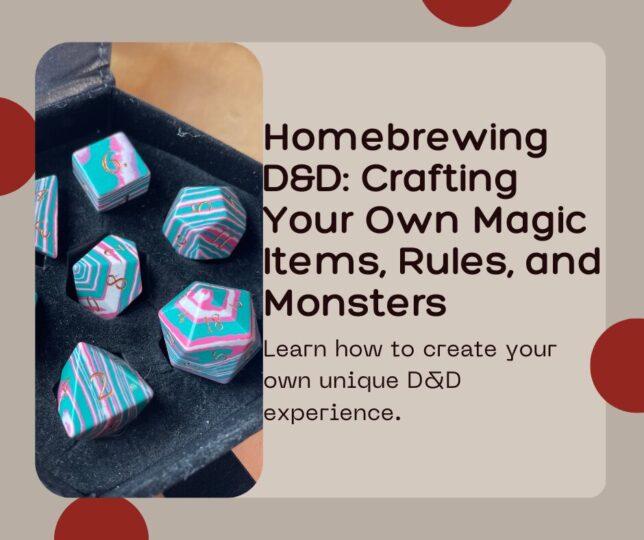
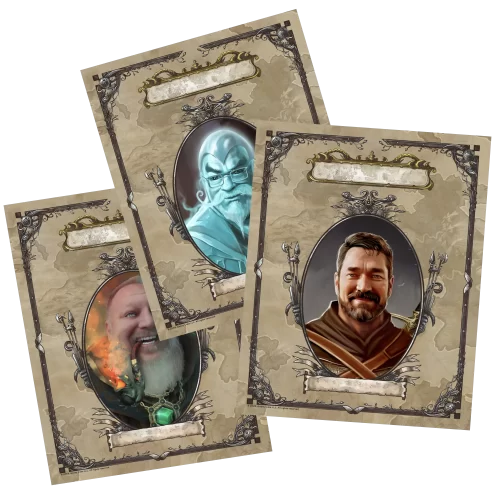
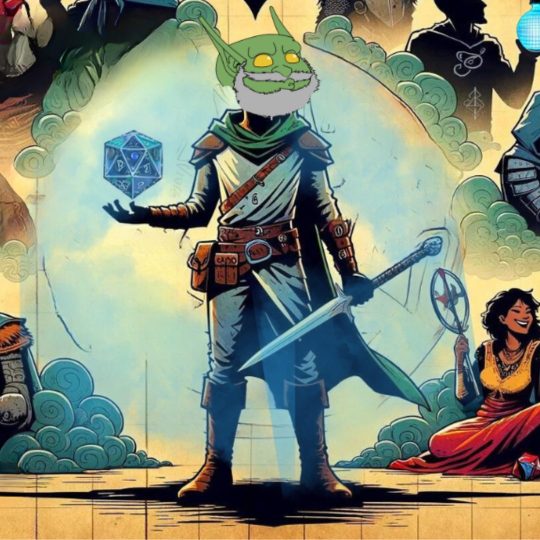
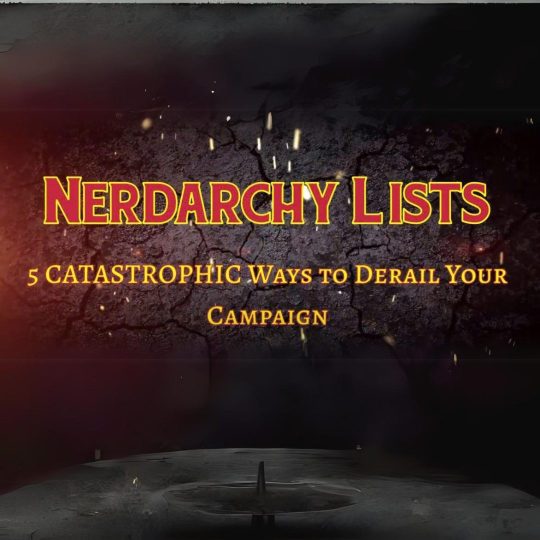
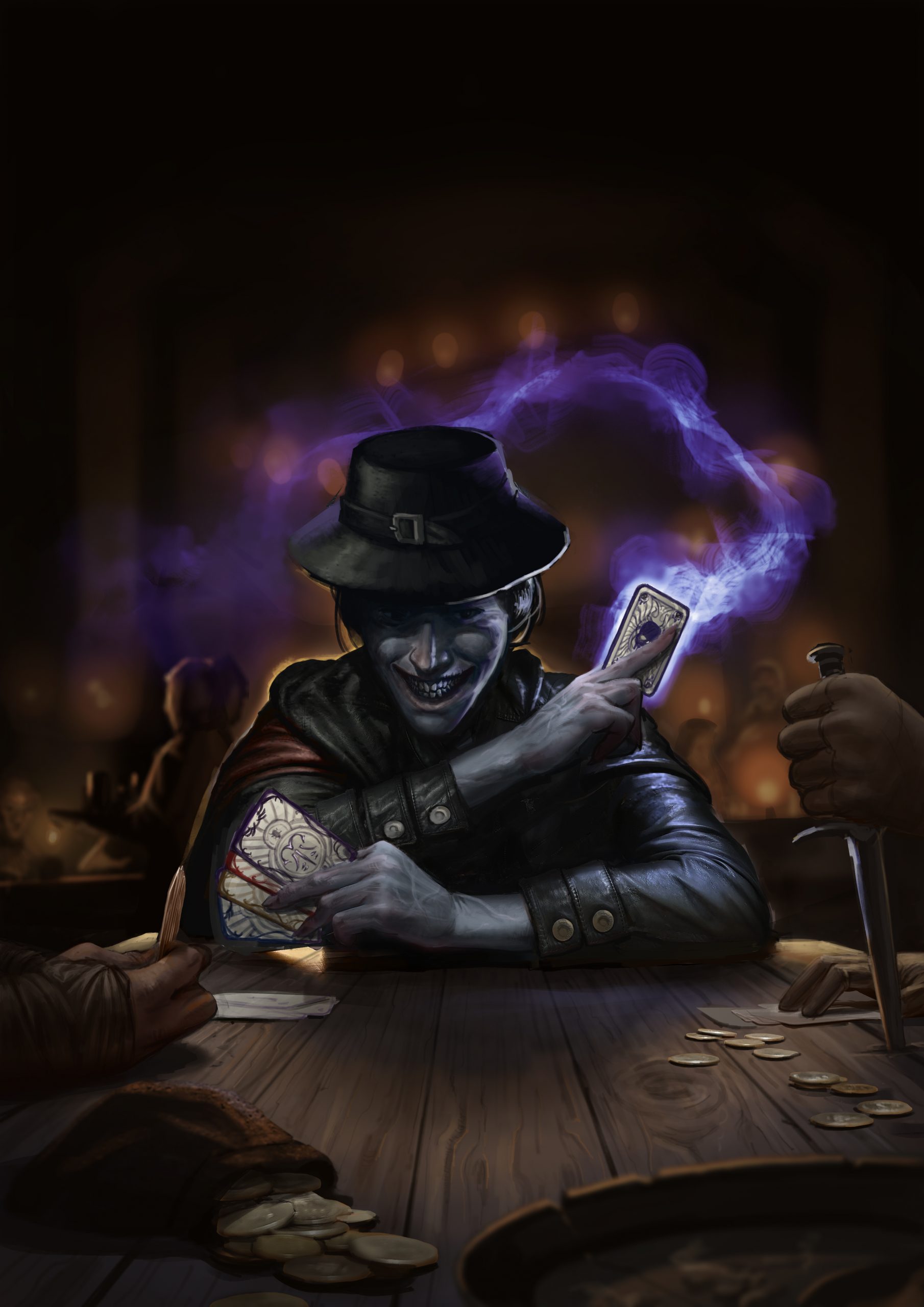
No Comments